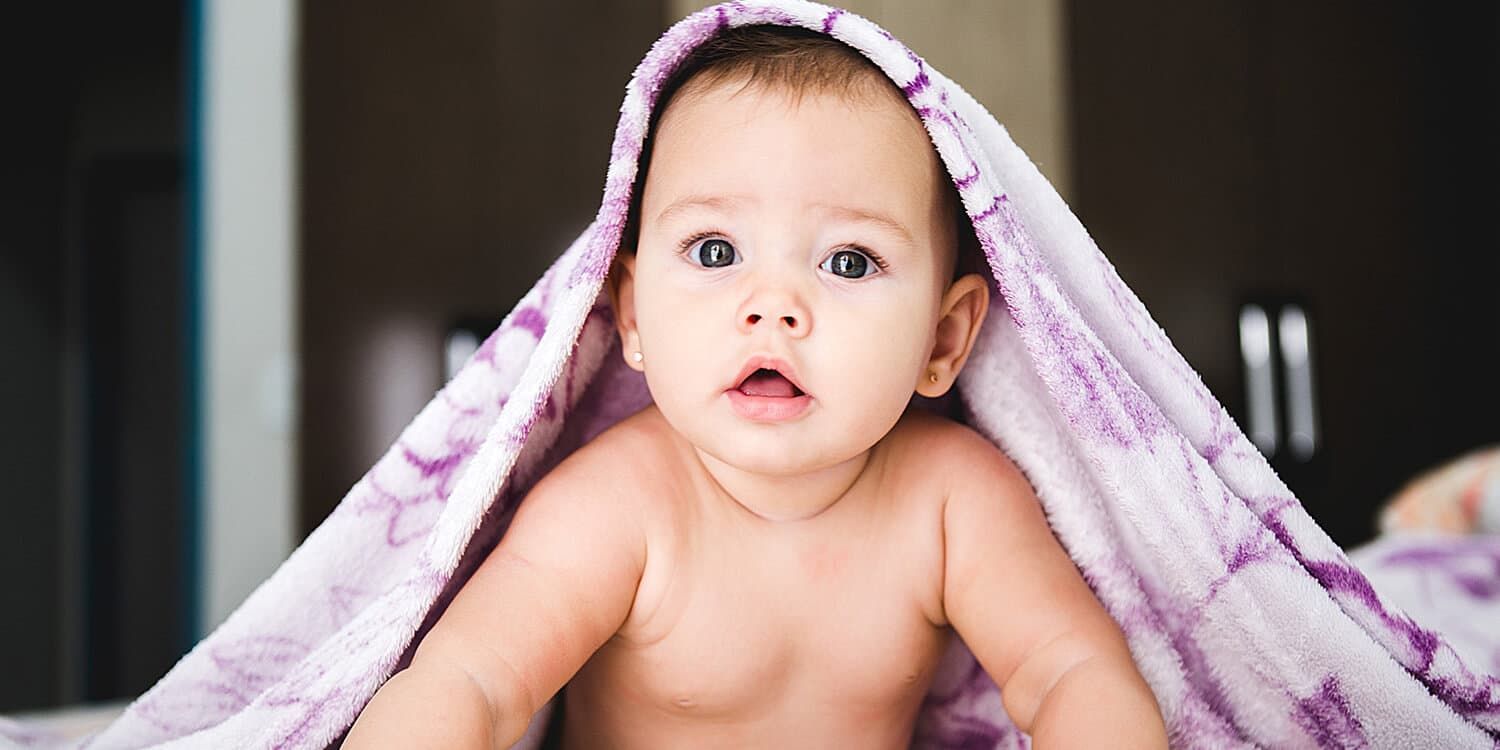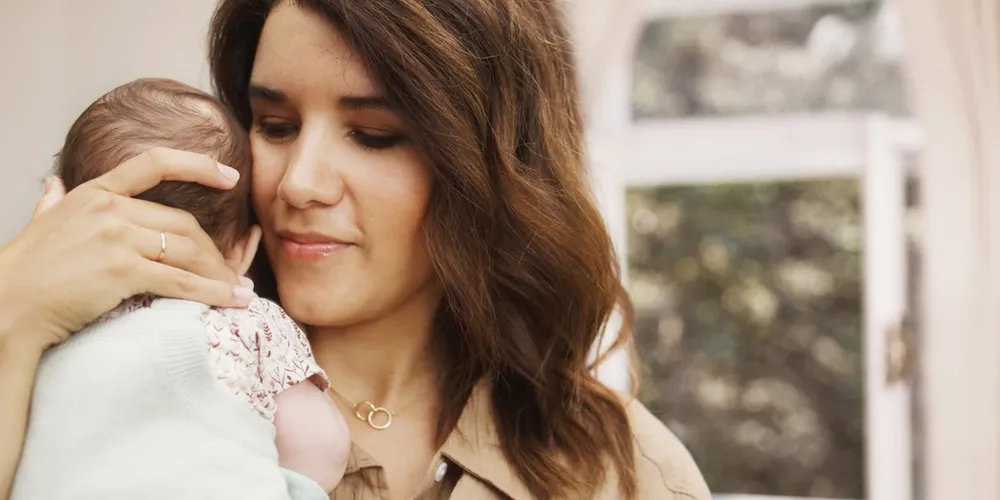Almost nothing is as beautiful as the sweet smell of baby skin. But to keep it so wonderfully soft and fragrant, there are a few points to consider when caring for your baby. When it comes to bathing, new parents are sometimes a little anxious and have lots of questions: how warm should or must the water be? What care products are best used? Do I need to add products to the bathwater when bathing my baby? And do I need a special baby bathtub?
The baby bath environment
1. Make sure the room is nice and cozy
If it gets colder in your region during certain seasons, an extra radiant heater or a baby warming lamp above the changing area can be a worthwhile investment. But take care if there is a danger of splashing water!
To avoid the risk of your baby catching a cold from drafts, keep all windows closed during bathing.
2. The baby bathtub
At first it does not necessarily have to be a baby bathtub – newborns can also be bathed in a large washbasin. Later, however, a baby bathtub is definitely recommended and provides fun for a long time for many infants. Due to the small, restricted environment, even the tiniest babies feel comfortable in it and can later sit splashing around in it unaided, while the large bathtub can still be too dangerous.
Tips and tricks for the baby bathtub:
- Small baby bathtubs are not only comfortable for little ones: it is also much easier for adults to wash their baby – you don't have to bend over the high edge of the bath.
- The baby bath must be absolutely non-slip and must stand without wobbling. Models with anti-slip areas on the underside of the tubare recommended.
- The tub is filled with water to a level that allows you to hold the baby easily in your arms and place it in the water up to the shoulders. For babies able to sit, only fill the water up to waist height.
- Always remember: never leave children unattended in water. They can drown even in very shallow water!
- Folding models are very practical if you don't have much room, as they can be stowed away after use to save space.
3. How often should a baby take a bath?
It is sufficient to bathe newborns 1-2 times a week, while 2-3 times a week is sufficient with older infants. In between, a "wipe clean" with a washcloth is enough.
4. What bath additives, soaps, or bath foam should I use in a baby bath?
Clean water is sufficient. A few drops of breast milk or oil (e.g., almond oil) in the bath water are kind to your baby's skin. Nothing else is needed.
5. How warm should the water be?
98.6°F water temperature is perfect. Numerous digital and analogue bath thermometers are available at retailers to be on the safe side.

Bathing baby step by step
1. Undress your baby in a warm place near the bath and clean the nappy area first with a wet wipe or damp cloth to remove any soiling.
2. Cover your baby with a towel and carefully wash its face. This is usually simpler than doing so in the bathtub, because it is difficult to avoid getting too much water on the face – some little ones find this unpleasant.
3. Now pop your baby in the bath: the baby's head rests on your forearm, one hand holds its arm, the other hand supports its bottom and legs. First, slowly dip the legs into the water.
Tip: many babies feel safer if they can touch the edge of the tub with their feet and slightly support themselves against it, instead of "floating" freely in the water.
4. Now wash the head/hair if necessary (clean water is sufficient), then clean the hands, belly and back, underarms, genital area, bottom, and all skin folds – these are particularly susceptible to inflammation if they are not regularly cleaned thoroughly and kept dry.
5. Finally, slowly lift your baby out of the water and immediately wrap it in a towel. Some babies also like to be dried gently with a hairdryer. This is more pleasant than drying with a towel, especially for slightly inflamed skin folds. Caution: do not set the hairdryer temperature too high and make sure you put your baby in a diaper or ensure no urine can spray the hairdryer!
And one last tip: even if your child does not yet understand what you are saying, talk to your baby and calmly explain what you are doing with every step. The sound of your voice and the attention already have a calming effect.
Photos: Shutterstock, Unsplash




























